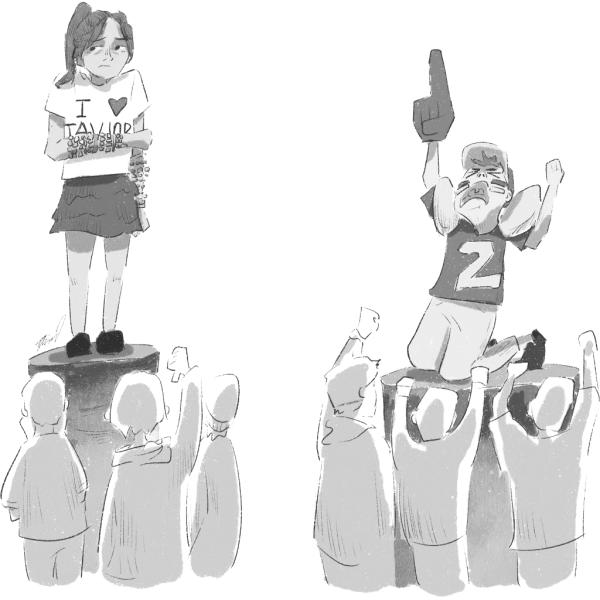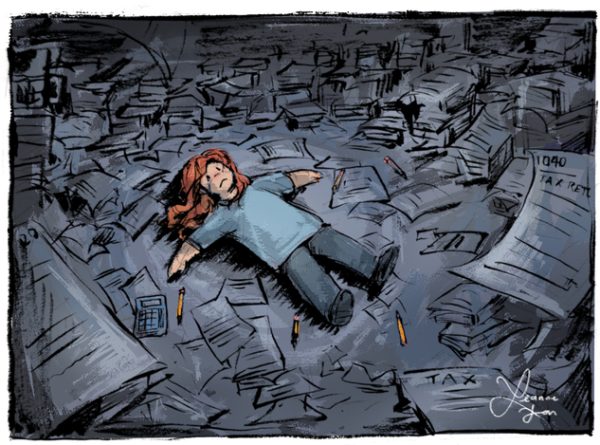As COVID-19 infection rates spike, The Nexus calls for continued flexibility
January 28, 2022
Like many other student groups on campus, The Nexus found itself missing members in the weeks following winter break. A peak in cases, driven by a general weariness of social distancing and holiday travels, meant that students were absent during finals week, and in the days preceding it, a crucial time for the stability of their grades. For the entirety of the campus, empty tables and the news that friends and classmates were sick became all the more common.
Thankfully, as we have moved into the third quarter, students have trickled back into classrooms. Although a lot of students and teachers have been sick with the virus, in many ways, the school seems to have made it beyond the initial rise in COVID-19 cases predicted for post-holiday season.
Fears over monster surges in infection rates, spurred on by the prominence of the Omicron variant, have settled to a relative equilibrium. Students out of quarantine are finally able to make-up the exams they had missed. As one positive, at least, there has been an increased understanding of the flexibility that we all have when it comes to dealing with COVID-19. Administrators and teachers alike have been extremely accommodating for students who were unable to finish tests and assignments. The Nexus appreciates the allowances that have been made when it comes to grades, especially as the situation remains uncertain. We would like to commend teachers as a whole for being there for their students.
Beyond academic flexibility, however, at times the response to the threat of COVID-19 has seemed fragmented and contradictory. While it is understandable that the district is adjusting to policies that are coming down from above, the news that online school was simply not going to be allowed at all was disheartening and puzzling.
As PUSD and the entire state sees an unprecedented increase in the number of cases reported, we are still continuing to act as if everything is business as usual. Students are put in a position of choosing between personal safety and education, a choice that should not be put on the shoulders of teenagers.
The county’s ever-evolving decision tree also remains a point of concern. As was seen in the critical week after winter break, confusion over guidelines meant educational disruption. A shortage of testing appointments kept students at home, even after their symptoms had subsided, stuck in a limbo without the option to participate in a virtual environment. While the test kits’ recent arrival is an undoubted positive to the overall state of health, two tests are not nearly enough in a time when students are receiving multiple emails each week notifying them that they were a potential close contact. The problem of insufficient tests might be a national one, but given the shifting circumstances of community infection, it is crucial for us to do whatever possible to mitigate further disruption of the school year, whether that means school-site testing options or updated contact tracing.
Given that PUSD has moved beyond its original policy of requiring an official negative test in order for students to return to school, it remains imperative that we closely monitor possible spikes in COVID-19 spread. Given that the general response to COVID-19 seems to be a mixed bag, the importance of individual-to-individual focus on personal safety should continue to be a top priority. As the numbers improve, The Nexus remains hopeful that cases will continue to trend down as the winter season comes to a close.






